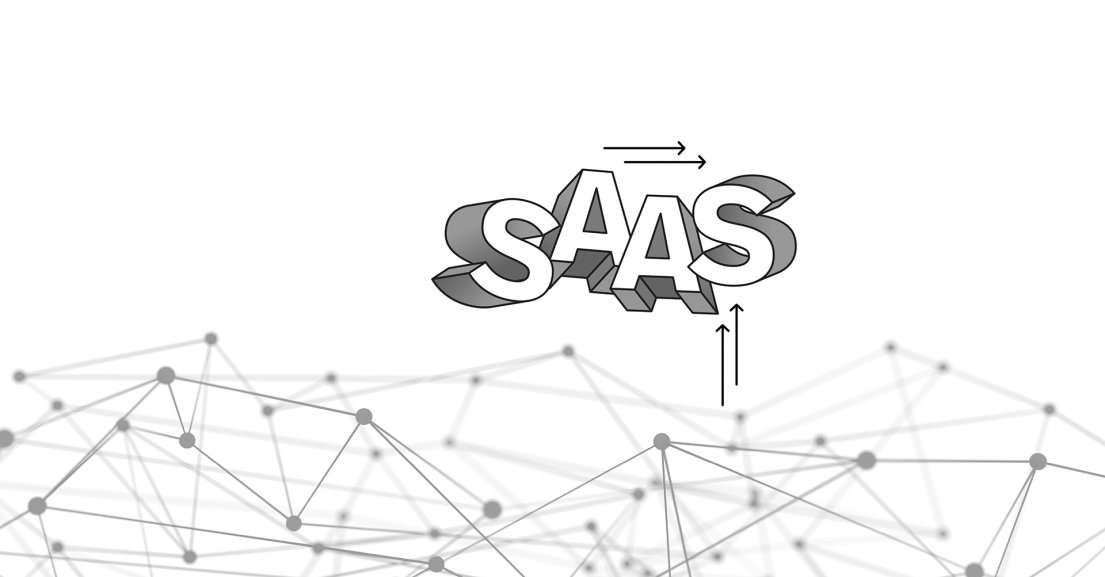Vertical Or Horizontal SaaS, Which Model Is Best For Your Software Business
Each choice you make will impinge on several factors comprising your company's future outcome.

Quick reminder:
Horizontal SaaS are mass-market solutions designed to satisfy a wide range of customer needs. Think Salesforce, Hubspot or Office 365. Users from various industries can run their activities more efficiently with these software.
Vertical SaaS focus on a specific industry, line of business, or niche. They are highly targeted products designed for businesses that must comply with strict standards and regulations. Vertical SaaS is quickly gaining popularity due to the lower cost of acquisition.
What differences in distribution models?
Market size
Horizontal SaaS has a wide range of potential customers, but it’s harder to demonstrate the uniqueness of the offering.
Reversely, a Vertical SaaS has a smaller, yet more targeted audience that they are intimately familiar with. Ultimately this means they can gain their market’s trust more easily.
Competition
With a large market size, comes a wide range of competitors. Horizontal SaaS need to go the extra mile to stand out from the competition.
Vertical SaaS may have an easier time making a sale because their product is specifically made to check their target audience’s boxes.
Customer retention
In a Horizontal distribution model, customers have more alternative options to choose from and there’s a higher risk for them to churn.
In a Vertical model, customers tend to be loyal to the solutions they use because it’s harder to find comparable options.

Our expertise is coded into cutting-edge software, which is driving our sales experts in 50+ countries to maximized performance.



